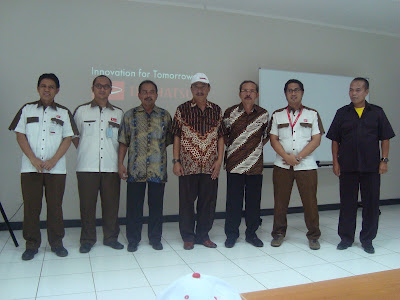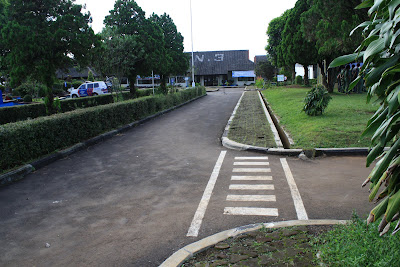The recent intensification of agriculture, and the prospects of future intensification, will have major detrimental impacts on the nonagricultural terrestrial and aquatic ecosystems of the world. The doubling of agricultural food production during the past 35 years was associated with a 6.87-fold increase in nitrogen fertilization, a 3.48-fold increase in phosphorus fertilization, a 1.68-fold increase in the amount of irrigated cropland, and a 1.1-fold increase in land in cultivation. Based on a simple linear extension of past trends, the anticipated next doubling of global food production would be associated with approximately 3-fold increases in nitrogen and phosphorus fertilization rates, a doubling of the irrigated land area, and an 18% increase in cropland. These projected changes would have dramatic impacts on the diversity, composition, and functioning of the remaining natural ecosystems of the world, and on their ability to provide society with a variety of essential ecosystem services. The largest impacts would be on freshwater and marine ecosystems, which would be greatly eutrophied by high rates of nitrogen and phosphorus release from agricultural fields. Aquatic nutrient eutrophication can lead to loss of biodiversity, outbreaks of nuisance species, shifts in the structure of food chains, and impairment of fisheries. Because of aerial redistribution of various forms of nitrogen, agricultural intensification also would eutrophy many natural terrestrial ecosystems and contribute to atmospheric accumulation of greenhouse gases. These detrimental environmental impacts of agriculture can be minimized only if there is much more efficient use and recycling of nitrogen and phosphorus in agroecosystems.
The agricultural achievements of the past 35 years have been impressive. Grain production, mainly from wheat, rice, and maize, has increased at a rate greater than human population. This has decreased the number of malnourished people even as the earth’s human population doubled to 5.8 billion. Although the estimates vary widely, world population is projected to increase about 75% before leveling off at about 10 billion. In combination with increasing demand for meat in developing countries and the use of grains as livestock feed, this increased population density should cause world demand for grain production to more than double. This raises several important questions. If it is possible for world food production to double, again, within the next four or five decades, what impacts would this doubling have on the functioning of the nonagricultural ecosystems of the world, and on the services they provide to humanity? What routes might be used to decrease such impacts? I explore these questions first by asking what the global ecological impacts of “more of the same” agriculture might be, and then by considering practices that might decrease such impacts. In particular, insights are sought in the parallels between natural and agricultural ecosystems, but no easy answers are uncovered. Rather, a new long-term, multidisciplinary research program is needed to develop agricultural methods that can feed a growing world and still preserve the vital services provided to humanity by the world’s natural ecosystems.
Current agricultural practices involve deliberately maintaining ecosystems in a highly simplified, disturbed, and nutrient-rich state. To maximize crop yields, crop plant varieties are carefully selected to match local growing conditions. Limiting factors, especially water, mineral nitrogen, and mineral phosphate, are supplied in excess, and pests are actively controlled. These three features of modern agriculture—control of crops and their genetics, of soil fertility via chemical fertilization and irrigation, and of pests (weeds, insects, and pathogens) via chemical pesticides—are the hallmarks of the green revolution. They have caused four once-rare plants (barley, maize, rice, and wheat) to become the dominant plants on earth as humans became the dominant animal. Indeed, these four annual grasses now occupy, respectively, 67 million hectares, 140 million hectares, 151 million hectares, and 230 million hectares, each, worldwide, which is 39.8% of global cropland. For comparison, the total forested area of the United States, including Alaska, is 298 million hectares. Entire regions of the world now are dominated by virtual monocultures of a given crop. These monocultures have replaced natural ecosystems that once contained hundreds to even thousands of plant species, thousands of insect species, and many species of vertebrates. Thus, agriculture has caused a significant simplification and homogenization of the world’s ecosystems.
It is as difficult to predict the future of agriculture now as it would have been to anticipate, in 1950, the successes and impacts of the green revolution. However, some insights may be provided by an analysis of the broad trends that occurred during the recent doubling of global food production. These trends may give some insight into the global environmental impacts that the anticipated second doubling of agricultural productivity may have. Next, I consider insights that ecology may offer into the sustainability and stability of agricultural ecosystems. Finally, I pose the major environmental challenges that face humanity as global human population and demand for food continues to increase.












































